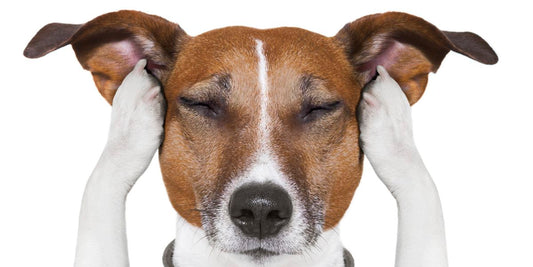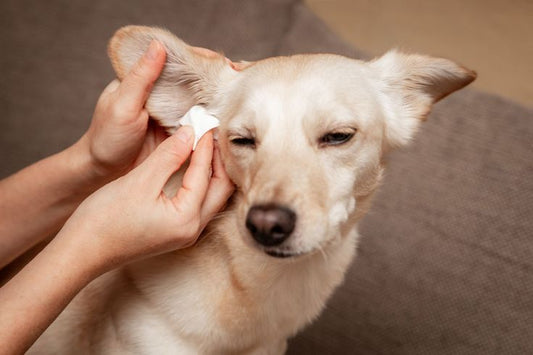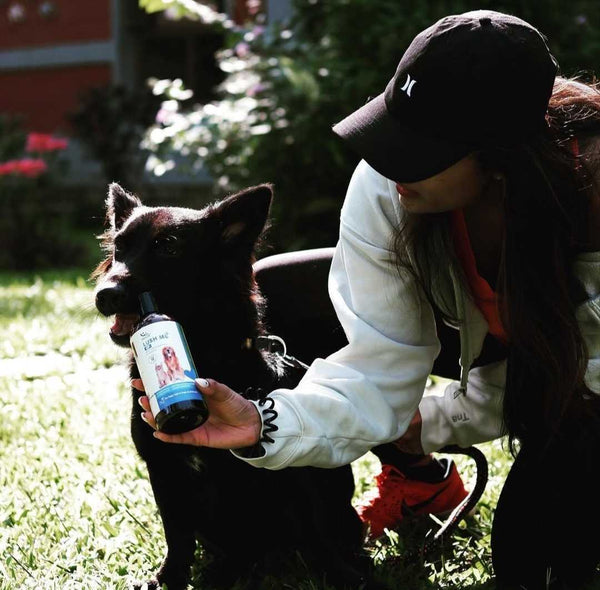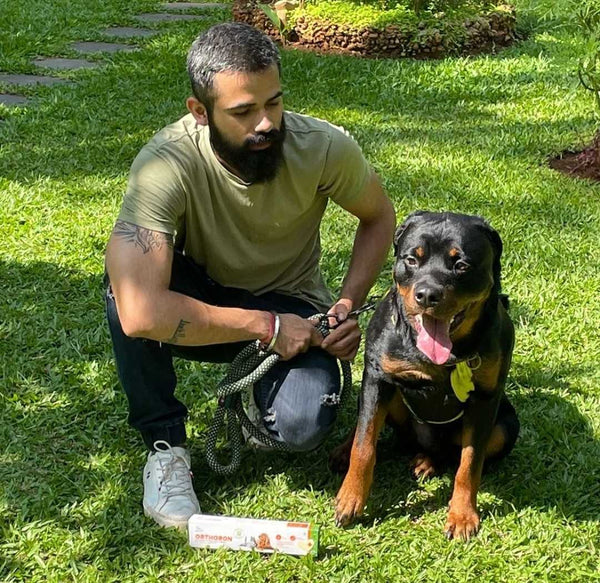
Like toddlers, pets are also susceptible to chewing anything they can get into their mouths. This becomes momentous and a potentially life-threatening problem if the objects are swallowed. Any pet ingesting a long string or a ribbon can develop a linear foreign body which is even more treacherous.
1). Where do foreign bodies get stuck?

The digestive tract is imperatively a long tube, passing food from the mouth, down the oesophagus, into the stomach, through the lengthy small intestine, then forming stool in the colon and out through the rectum.
It normally takes ingesta (all that is swallowed) from 10-24 hours to move through the whole digestive tract. Some objects, however, can actually remain in the stomach for longer periods of time, even months.
When objects are too large to pass, they usually occlude at the stomach outflow or within the small intestine itself. With linear foreign bodies, the recurring movement of the intestinal tract can cause bunching of the intestines into an accordion-like mass.
If the foreign body has managed to move to the colon, it might fortunately pass. But, defecating a sharp object can be excruciating and may even need veterinary assistance. Never pull protruding objects from your pet’s rectum. If it is still lodged inside, you can cause unexpected damage to the internal tissues.
2). Symptoms of foreign body ingestion

Pets with ingested foreign bodies often do not feel well. They generally stop eating and/or act gloomy. Initially, some cases of pets with intestinal foreign bodies may have diarrhoea.
Most pet patients with digestive foreign bodies exhibit spewing. If the object has not fully obstructed the digestive tract, the vomiting may be sporadic. But with a complete blockage, your pet will be unable to keep anything down, including liquids. The longer the blockage lasts, the more critical your pet’s condition may become.
3). Treating foreign body ingestion

Your pet must first be stabilized with IV fluids/electrolytes, pain control, and, if pertinent - antibiotic therapy. Blood tests help guide the veterinarian in evaluating your pet’s status and addressing his or her needs.
If lucky, your pet may still have the object in the stomach. On occasion, vomiting may forcefully eject the offending item.
Some foreign bodies in the stomach may be removable with an endoscope. This technique uses a long fiber optic tube via the mouth, possibly allowing the vet to retrieve the object without surgery.
Sadly, once the article lodges in the intestine, only abdominal surgery can extract it.
After proper extraction of the foreign body, your pet will need a period of hospitalization for continued supervising and recuperation. Critical pet patients may need intensive care for several days after the surgical procedure.
Dogs maintain no more than a toddler’s level of sense for their entire lives. It’s certain that some have a stronger tendency to swallow foreign objects, but all have chances. Inspect all chew toys and stuffed animals you offer your pets for small pieces that may be chewed off and devoured. Examine the toys for damage. Dump any smaller remnants. Never leave strings or ribbons within your pets reach.
If you’re doubtful that your pet has swallowed a foreign body, call your vet immediately. The sooner your pet receives medical attention, the better his or her chances of full recovery with fewer stumbling blocks.












